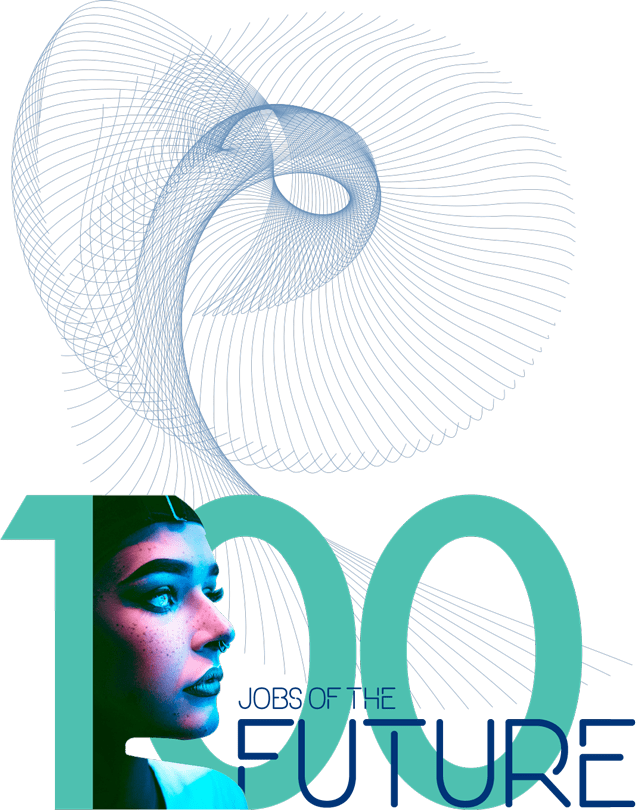Activity 3:
Exploring Jobs of the future
Students explore their interests using the Job Explorer
| Key Knowledge |
|
|---|---|
| Learning Outcomes |
|
| Resources |
|
| Duration |
|
Introduction
Students are introduced to the Job Explorer as a way to explore the possible skills and knowledge that may exist in the future, leading to different jobs.
-
Skill refers to the ability to do something.
-
Knowledge refers to learning concepts or having information about a particular area.
Information (knowledge) may be able to be applied in a particular context (skill). For example, knowledge may be knowing the rules of basketball, skill is being able to play a game of basketball.
Part A: The Job Explorer and Interest Groups
Student activity:
- Students to complete Job Explorer in class. Students to review the jobs suggested to them and note what category these jobs fall into (Technology, People, Business and Law, Environment, Urban, Agriculture, Space, Health, Data, Experience).
- Students to get into groups based on their interest area. Students to share within their group one of the jobs that interested them and describe why they are interested in this job. The jobs they share can be similar or completely different.
Part B: Brainstorming
Students to brainstorm in their groups all the ways that their chosen jobs might intersect in the future. Students are able to use internet browsing to assist them. Students to identify:
-
Knowledge that the jobs may have in common.
-
Skills that the jobs may have in common.
-
The possible ways that people in these jobs might work together (e.g. a 100 year counsellor and an Aesthetician may work together to support a single person, or an Algorithm interpreter and Data farmer may work for the same company on a large project).
-
What currently existing jobs may be related to the jobs of the future (e.g. Bioprinting engineers may use the skills of a 3D printer, the engineering knowledge of a prosthetics designer, and the biological and medical knowledge of a medical professional). Students to use https://joboutlook.gov.au/ to assist with this step.
Part C: In class Presentation
Student groups share their findings with the class.
Teacher explanation: There are many different roles and that the skills we might use in one job are also useful for many others.
- Did anyone find that a skill, knowledge or experience in the job area you looked at was also mentioned in a different job area? Particular skillset or knowledge have many ways to use it and apply it, and many different jobs it might be relevant for.
While we have looked at jobs of the future, we can also see that there are some aspects of the jobs of the future that are used in existing jobs. So if we have found a job that really looks amazing from the Job Explorer, we can explore the different skillsets and knowledge used in that job and use that to help us find things to try out now.
Overview | Activity 1 | Activity 2 | Activity 3



